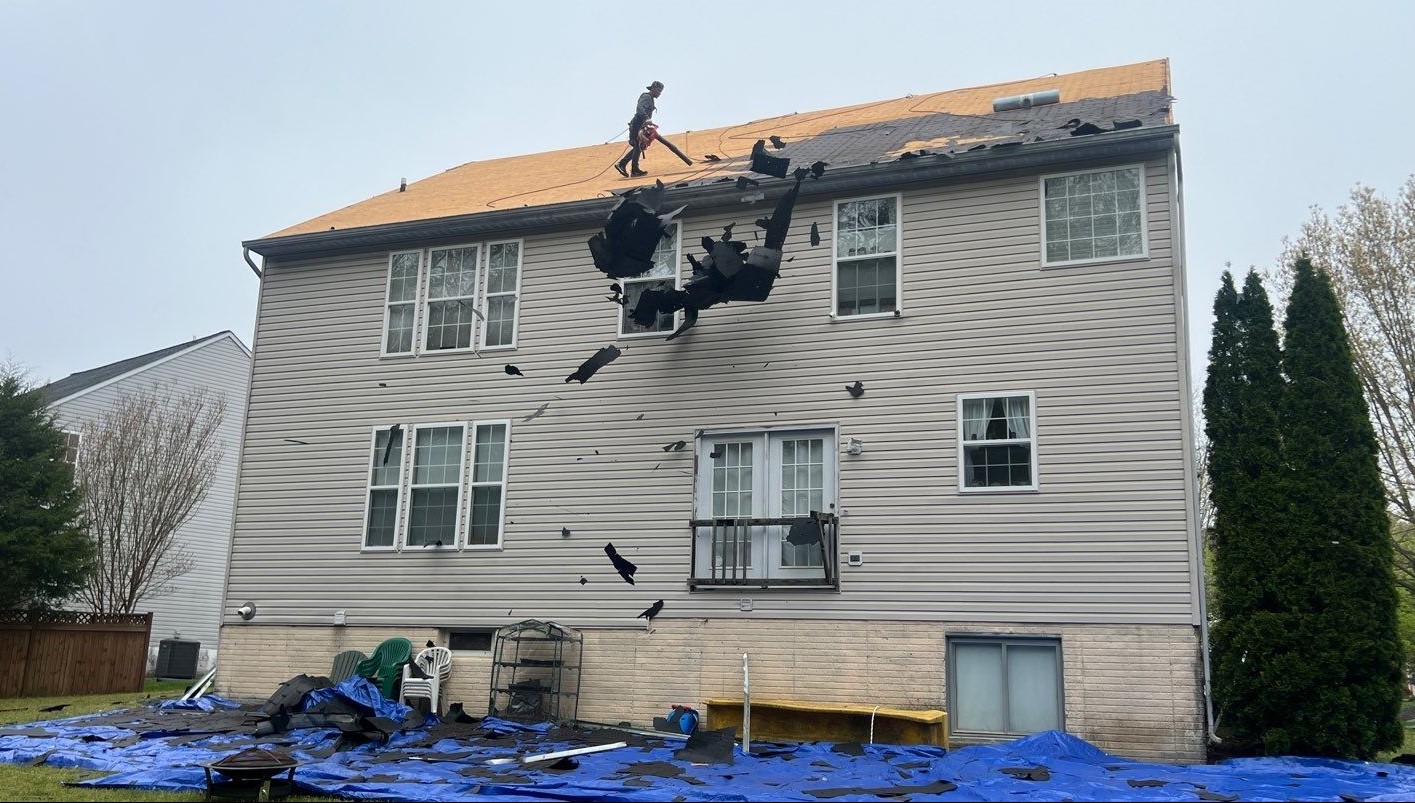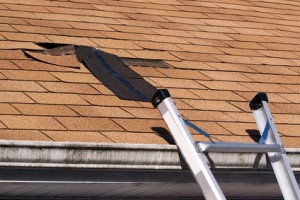Roof Repair Oahu: Professional Roof Services for Lasting Defense
Roof Repair Oahu: Professional Roof Services for Lasting Defense
Blog Article
Understanding the Different Sorts Of Roof Coverings: A Comprehensive Guide for Homeowners
With a selection of alternatives-- ranging from the typical gable to the modern level-- each type offers special advantages and challenges that should align with the homeowner's environmental factors to consider and certain demands. As we check out the complexities of numerous roofing types, it becomes noticeable that one size does not fit all; the appropriate option might shock you.
Gable Roofings
Gable roofing systems, identified by their triangular shape, are amongst the most popular roof covering styles because of their simpleness and efficiency in dropping water and snow. This design includes two sloping sides that meet at a ridge, permitting reliable drain and minimizing the danger of water accumulation. The high pitch typically connected with gable roofings boosts their capability to manage heavy rainfall, making them ideal for various climates.
Along with their sensible advantages, gable roofing systems supply aesthetic adaptability. They can be adapted to different building designs, from traditional to modern-day homes. The design can likewise fit added attributes such as dormer windows, which improve all-natural light and air flow in the attic room room.
Moreover, saddleback roofs offer adequate area for insulation, adding to power efficiency. House owners can pick from a selection of roofing materials, including asphalt tiles, metal, and ceramic tiles, additionally improving personalization options.
Despite their advantages, saddleback roofs may require extra assistance in locations susceptible to high winds or heavy snowfall. In general, the gable roof covering continues to be a popular selection as a result of its mix of performance, toughness, and aesthetic allure.
Apartment Roofs
Level roofs are frequently identified for their minimalist layout and useful applications, specifically in industrial and commercial settings (oahu roofing). These roof coverings include a straight or virtually straight surface, which permits simple building and functional space utilization. While they may lack the aesthetic allure of pitched roofings, flat roof coverings provide numerous benefits, particularly in urban settings where optimizing area is important
One of the main benefits of flat roofs is their access. House owners can utilize the roofing space for different purposes, such as roof gardens, balconies, or solar panel installations. In addition, flat roof coverings are usually more cost-effective to keep and install compared to their sloped equivalents, as they call for fewer products and labor.
Common products used for flat roofs include built-up roof (BUR), changed asphalt, and single-ply membrane layers, each offering unique benefits. In general, flat roofing systems serve as a versatile and practical option for lots of house owners and services alike.
Hip Roofs
Hip roofing systems are defined by their sloped sides that converge at the top, creating a ridge. This layout stands out from gable roofs, as all 4 sides of a hip roof covering incline downwards toward the wall surfaces, giving a much more steady structure. The angle of the inclines can differ, enabling convenience in building appearances and capability.
Among the primary benefits of hip roofings is their capability to endure hefty winds and adverse climate condition. The sloped surface areas make it possible for better water drainage, minimizing the risk of leaks and water damages. In addition, hip roof coverings use increased attic area, which can be made use of for storage or also exchanged comfortable locations.
Nevertheless, constructing a hip roof can be a lot more pricey and complicated than less complex roofing types, such as gable roofings. The extra product and labor associated with creating the slopes and ensuring appropriate architectural integrity can cause greater expenses. Regardless of these disadvantages, many house owners favor hip roofings for their durability, visual appeal, and capacity for power efficiency.
Mansard Roofings
Mansard roof coverings, usually acknowledged by their one-of-a-kind four-sided design, function 2 inclines on each side, with the lower incline being steeper than the top. This building style, originating from France in the 17th century, is not just aesthetically appealing however practical, as it takes full advantage of the usable area in the top floorings of a structure. The high lower slope permits more clearance, making it a suitable option for attics or lofts, which can be converted right into living areas.
Mansard roofings are characterized by their flexibility, fitting different architectural styles, from standard to contemporary. They can be built with various products, including asphalt shingles, slate, or metal, offering property owners with a variety of alternatives to suit their budgets and preferences. Additionally, the style permits for the assimilation of dormer home windows, improving natural light and ventilation in the top degrees.
Nevertheless, it is necessary to take into consideration the prospective downsides. Mansard roofing systems might need more maintenance due to the intricacy of their style, and their steep slopes can be testing for snow and rainfall overflow. In general, mansard roofs combine elegance with functionality, making them a prominent selection among homeowners seeking distinctive building functions.
Dropped Roofing Systems
As homeowners increasingly seek simplicity and functionality in their building designs, lost roofing systems have become a preferred option. Characterized by a solitary sloping aircraft, a shed roof covering provides a minimalist aesthetic that complements different home designs, from modern to rustic.
Among the primary benefits of a shed roofing system is its uncomplicated construction, which usually translates to reduce labor and product costs. This style permits efficient water drainage, lowering the risk of leaks and water damages. In addition, the vertical slope provides enough space for skylights, enhancing natural light within the inside.
Lost roof coverings likewise use versatility in regards click this to use. They can be effectively incorporated right into enhancements, garages, or exterior structures like sheds and pavilions. Furthermore, this roof covering style can accommodate different roofing products, consisting of steel, asphalt tiles, or perhaps green roof coverings, straightening with environment-friendly campaigns.
Nonetheless, it is necessary to consider local climate conditions, as heavy snow loads might require changes to the roof's angle or framework. On the whole, lost roof coverings present a useful and aesthetically pleasing option for homeowners looking to optimize capability without endangering design.
Final Thought


Gable roof coverings, defined by their triangular shape, are amongst the most prominent roof covering styles due to their simplicity and efficiency in dropping water and snow. oahu roofing. The high that site pitch commonly associated useful content with gable roof coverings enhances their capacity to take care of heavy precipitation, making them appropriate for different environments
While they may do not have the visual appeal of pitched roofing systems, level roofing systems offer various benefits, specifically in city environments where making the most of room is essential.

Report this page